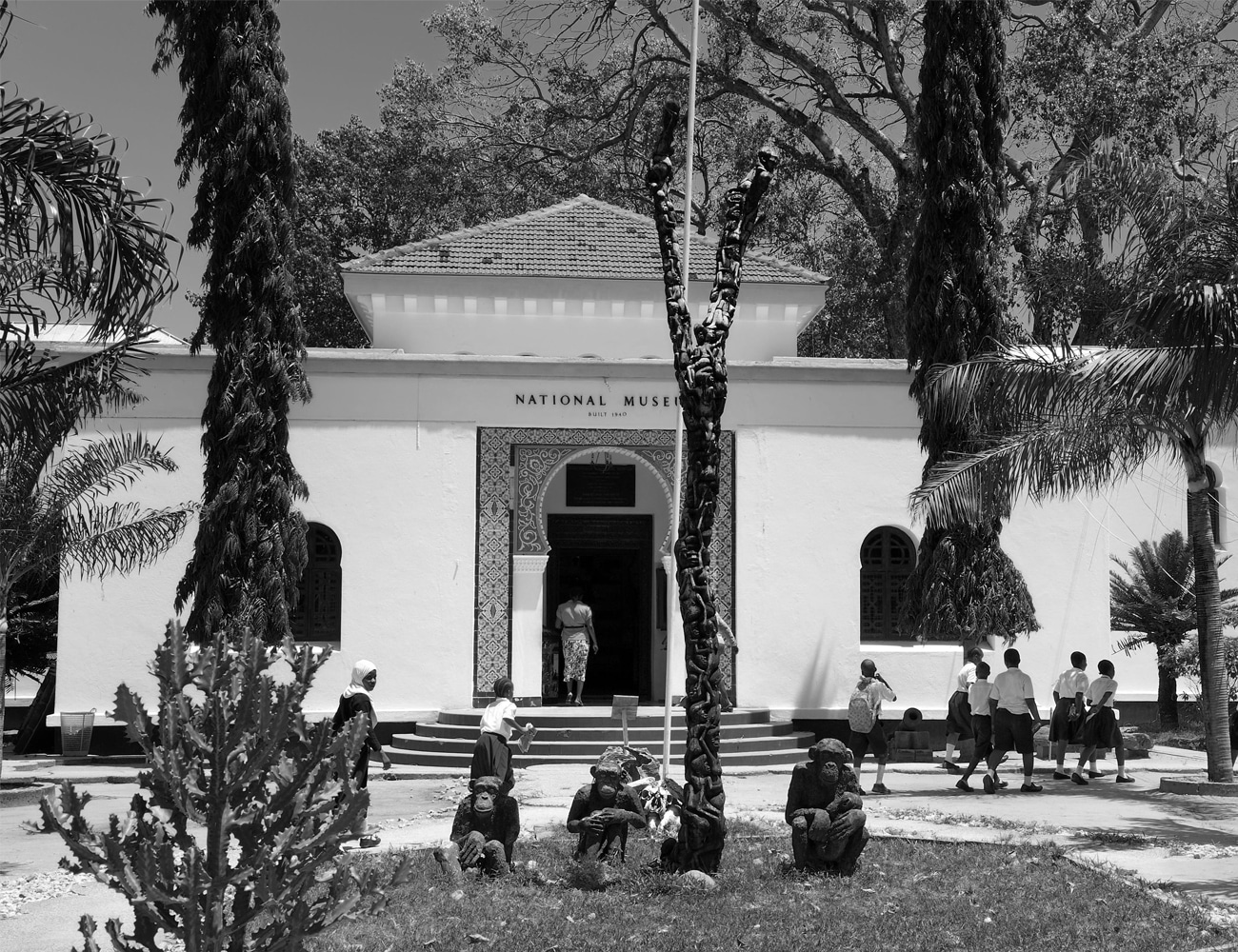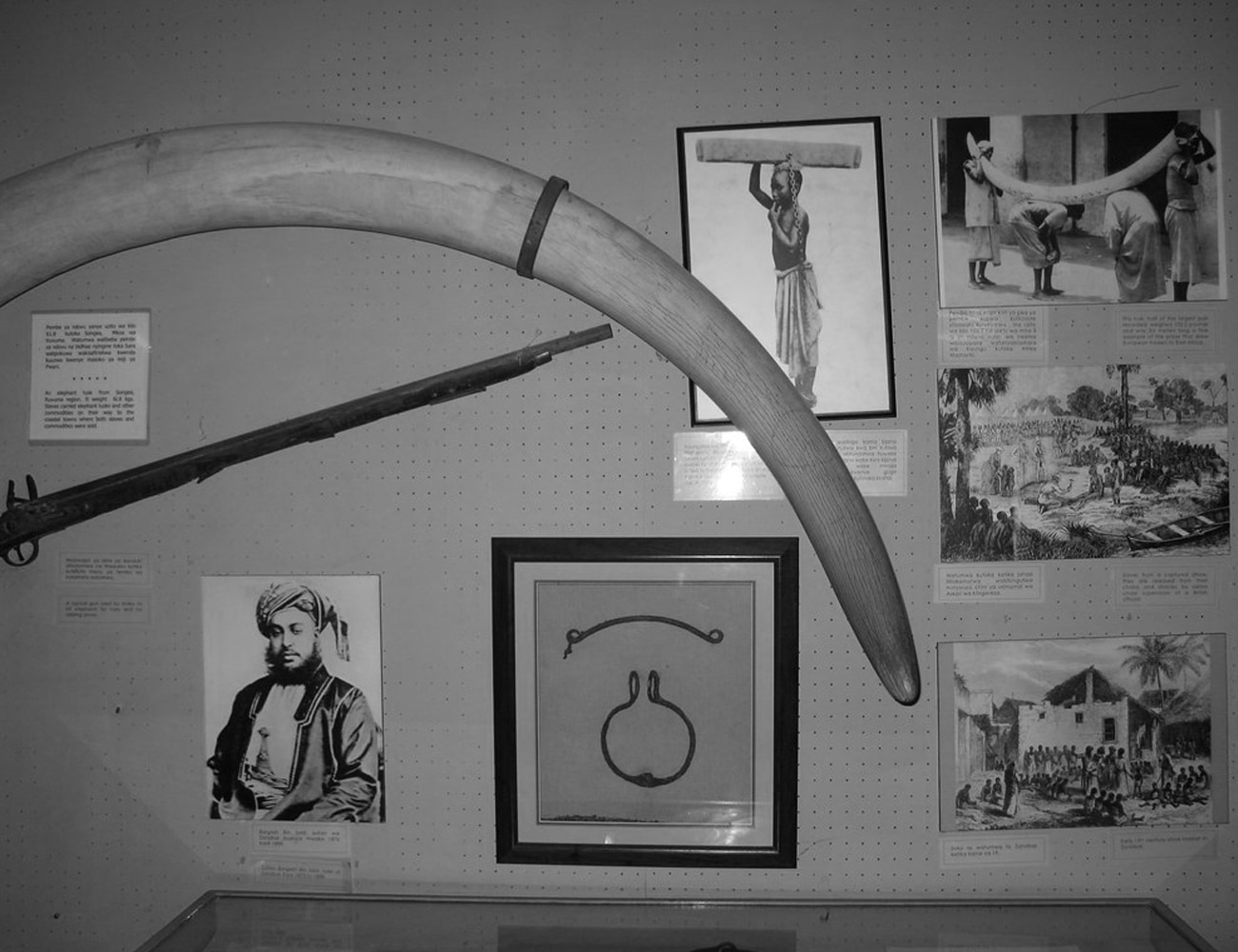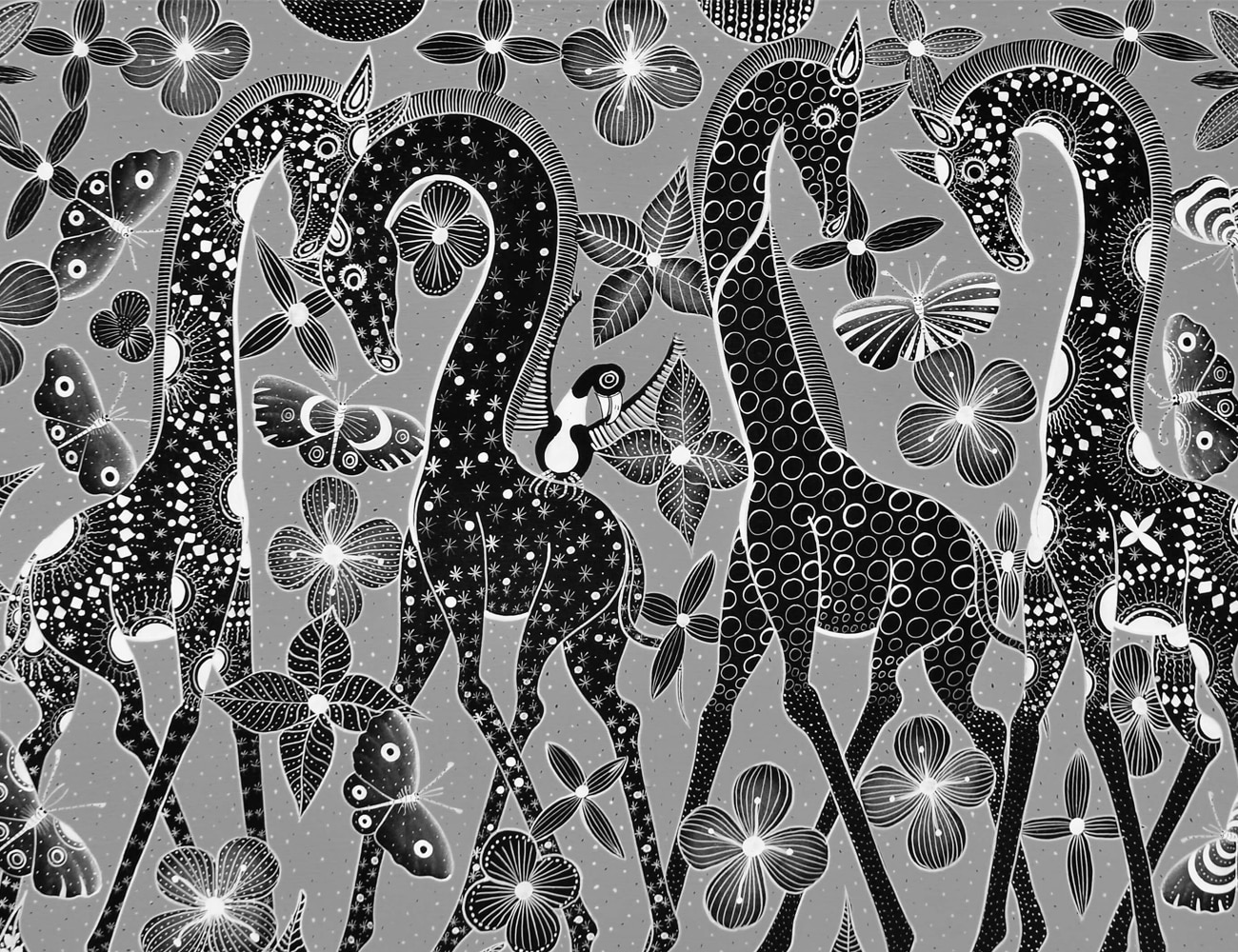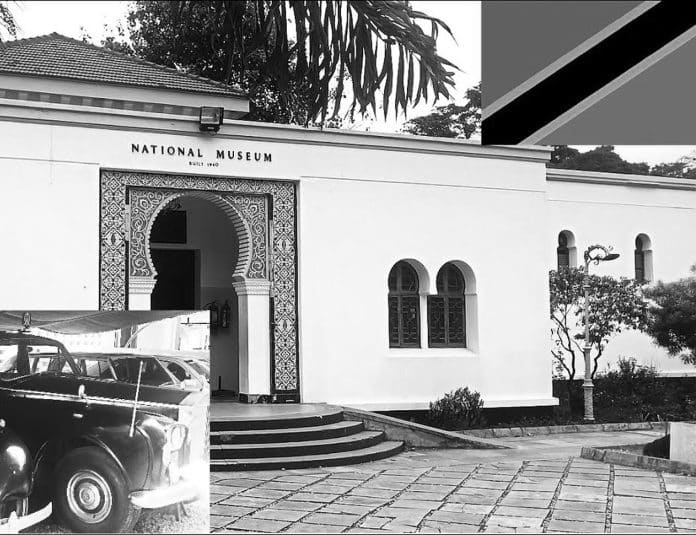Discovering Tanzania’s Cultural Heritage at the Dar es Salaam National Museum: A Must-Visit for History Enthusiasts
Are you a history enthusiast looking to explore Tanzania’s rich cultural heritage? Look no further than the Dar es Salaam National Museum of Tanzania. This must-visit attraction will transport you back in time and immerse you in the fascinating history of this East African nation. Located in the heart of Dar es Salaam, Tanzania’s largest city, the museum is a treasure trove of artifacts and exhibits that showcase the country’s diverse cultural heritage.
Step inside and be greeted by knowledgeable curators who are passionate about sharing the stories behind each exhibit. Wander through the well-curated displays that highlight Tanzania’s pre-colonial past, including the influence of Arab traders, the Swahili civilization, and the colonial era.
Importance of preserving cultural heritage

Preserving cultural heritage is essential for understanding and appreciating the roots of a nation. It allows us to connect with our ancestors, learn from their experiences, and gain a deeper understanding of our own identity. Tanzania, with its rich tapestry of cultures and traditions, has a vibrant and diverse heritage that deserves to be preserved and celebrated.
The Dar es Salaam National Museum of Tanzania plays a crucial role in safeguarding Tanzania’s cultural heritage. By showcasing artifacts and exhibits that span centuries, the museum offers visitors a unique opportunity to explore the country’s past and gain a deeper appreciation for its cultural diversity. Preserving these treasures ensures that future generations can continue to learn from and be inspired by Tanzania’s rich history.
Overview of Tanzania’s rich cultural history
Tanzania has a long and storied history that dates back thousands of years. From the early hunter-gatherer communities to the powerful city-states of the Swahili coast, Tanzania has been shaped by a variety of influences. The country’s strategic location on the East African coast has made it a crossroads for trade and cultural exchange, resulting in a rich blend of traditions and customs.
The Dar es Salaam National Museum offers a comprehensive overview of Tanzania’s cultural history. Through its exhibits, visitors can trace the development of the country from its earliest inhabitants to the present day. The museum’s collection showcases the influence of Arab traders, the arrival of European colonizers, and the struggles for independence that have shaped modern Tanzania.
Key exhibits at the Dar es Salaam National Museum

The Dar es Salaam National Museum of Tanzania is home to an impressive collection of artifacts that highlight Tanzania’s cultural heritage. From ancient pottery and tools to intricate tribal masks and traditional musical instruments, the museum offers a diverse range of exhibits that cater to a wide variety of interests.
One of the key exhibits is the Archaeological section, which showcases artifacts from Tanzania’s prehistoric past. Visitors can marvel at the ancient tools and pottery that provide insight into the lives of early human communities in the region. This section also features the famous Laetoli Footprints, fossilized footprints that are believed to be over 3.6 million years old and provide evidence of early human bipedalism.
Another highlight is the Ethnographic section, which explores Tanzania’s diverse ethnic groups. From the Maasai warriors to the Chaga farmers, visitors can learn about the traditions, customs, and ways of life of these different communities. The section also features displays of traditional clothing, jewelry, and other cultural artifacts that showcase the unique artistic traditions of each group.
Exploring the traditional art and artifacts

One of the most captivating aspects of the Dar es Salaam National Museum of Tanzania is its extensive collection of traditional art and artifacts. The museum’s exhibits offer a glimpse into the artistic traditions of Tanzania’s diverse cultural groups, showcasing their creativity, craftsmanship, and cultural significance.
Visitors can admire the intricate wood carvings and sculptures that represent the artistic traditions of the Makonde people. These stunning works of art depict human figures, animals, and mythical creatures, and are renowned for their attention to detail and expressive forms. The museum also houses a collection of Tingatinga paintings, a popular style of art that originated in Tanzania and is characterized by its vibrant colors and bold, simple forms.
In addition to visual art, the museum also showcases traditional musical instruments, including drums, xylophones, and stringed instruments. Visitors can listen to recordings of traditional music and learn about the role of music in Tanzanian culture. The museum’s interactive exhibits allow visitors to try their hand at playing some of these instruments, providing a unique and immersive experience.
Understanding Tanzania’s diverse ethnic groups
One of the defining features of Tanzania’s cultural heritage is its diverse ethnic makeup. The country is home to over 120 different ethnic groups, each with its own unique traditions, languages, and ways of life. The Dar es Salaam National Museum provides a platform for understanding and appreciating this diversity, showcasing the rich cultural traditions of Tanzania’s various ethnic communities.
Visitors can explore exhibits that highlight the customs and rituals of different ethnic groups, such as the Maasai, Hadza, and Sukuma. They can learn about the traditional ceremonies, dances, and clothing that define these communities and gain a deeper appreciation for the cultural mosaic that is Tanzania.
The museum’s educational programs and workshops also offer visitors the opportunity to interact with members of these ethnic groups and learn directly from them. Through storytelling, traditional dance performances, and hands-on activities, visitors can gain a firsthand understanding of the customs and traditions that have been passed down through generations.

Historical significance of the museum’s archaeological collections
The archaeological collections at the Dar es Salaam National Museum of Tanzania hold immense historical significance. They provide valuable insights into Tanzania’s prehistoric past and shed light on the early human civilizations that once thrived in the region. These artifacts not only tell the story of Tanzania’s ancient inhabitants but also contribute to our understanding of human evolution and migration.
The museum’s collection includes tools, pottery, and other artifacts that have been excavated from archaeological sites across Tanzania. These artifacts provide evidence of early human settlements and shed light on the technological advancements and cultural practices of these ancient communities.
One of the most significant archaeological finds in the museum’s collection is the Laetoli Footprints. These fossilized footprints, discovered in 1978, are believed to be the oldest evidence of human bipedalism. They were made by early human ancestors over 3.6 million years ago and provide a window into our evolutionary past.
Interactive experiences for visitors
The Dar es Salaam National Museum of Tanzania offers a range of interactive experiences for visitors, making it an engaging and educational destination for people of all ages. The museum’s interactive exhibits allow visitors to learn through hands-on exploration and participation, providing a unique and immersive experience.
For example, the museum’s “Living History” program allows visitors to step into the shoes of historical figures and experience life in Tanzania’s past. Through role-playing, visitors can gain a deeper understanding of the challenges and triumphs faced by the country’s early inhabitants and learn about the cultural practices and traditions that shaped their lives.
The museum also offers workshops and demonstrations that allow visitors to learn traditional crafts and skills. From beadwork to basket weaving, visitors can try their hand at these ancient crafts under the guidance of skilled artisans. These hands-on activities not only provide a fun and interactive experience but also help to preserve and promote traditional art forms.
Planning your visit to the Dar es Salaam National Museum
If you’re planning a visit to the Dar es Salaam National Museum, there are a few things you should keep in mind to make the most of your experience. The museum is open from Monday to Saturday, from 9 am to 6 pm, and on Sundays from 10 am to 6 pm. It is advisable to allocate at least a few hours to explore the museum fully.
To enhance your visit, consider booking a guided tour. Knowledgeable guides can provide additional insights into the exhibits and help you navigate the museum’s extensive collection. They can also answer any questions you may have and provide a more in-depth understanding of Tanzania’s cultural heritage.
Before your visit, check the museum’s website for any special exhibitions or events that may be taking place. The museum regularly hosts temporary exhibitions and cultural events that offer a deeper insight into specific aspects of Tanzania’s history and culture. These events can add an extra layer of richness to your visit.
Embracing the cultural legacy of Tanzania
The Dar es Salaam National Museum of Tanzania is a treasure trove of Tanzania’s cultural heritage, offering visitors a unique opportunity to explore the country’s rich history. From ancient artifacts to traditional art and interactive experiences, the museum provides a comprehensive and immersive journey through time.
By preserving and showcasing Tanzania’s diverse cultural heritage, the Dar es Salaam National Museum plays a crucial role in fostering a deeper understanding and appreciation of the country’s history and traditions. It is a must-visit destination for history enthusiasts and anyone interested in exploring the cultural legacy of Tanzania.
Embark on a cultural expedition and uncover the hidden treasures of Tanzania’s past at the Dar es Salaam National Museum of Tanzania. Get ready to be inspired by the rich history and vibrant cultural heritage that this remarkable institution has to offer.
For more articles related to Cultural Institutions, click here!

































